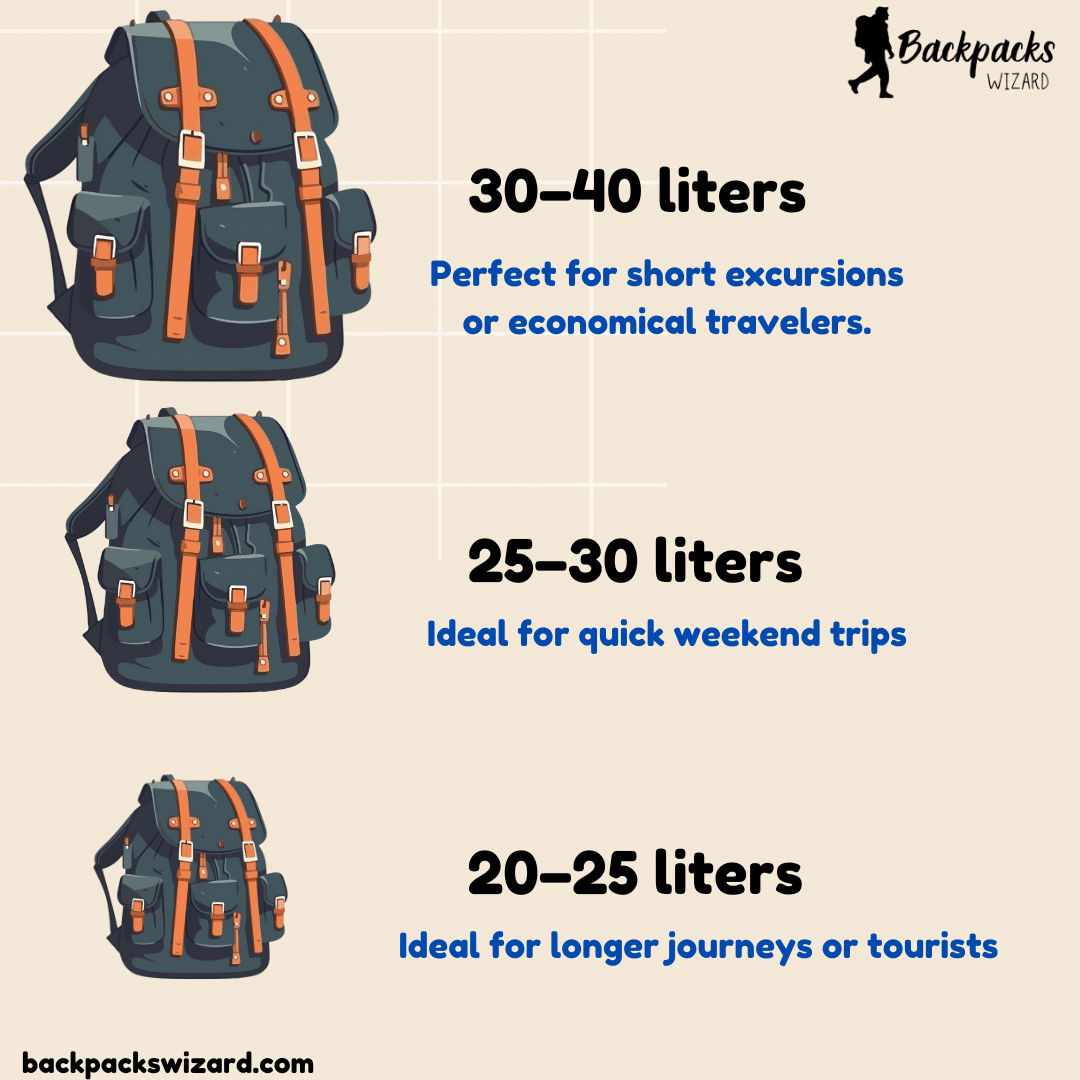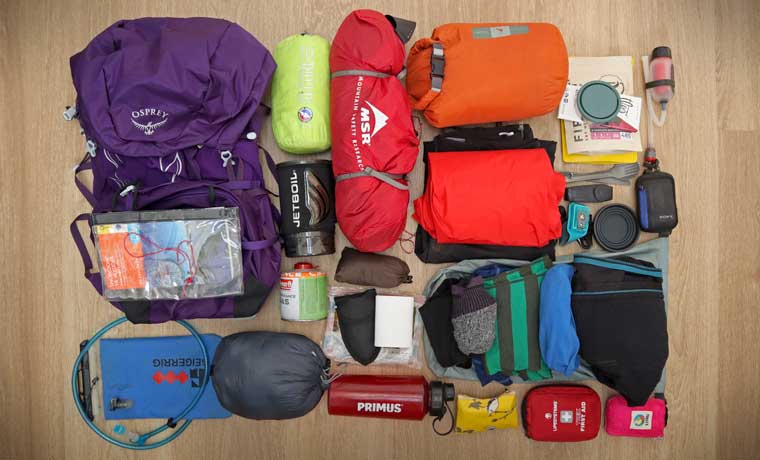Table of Contents
If you are a novice traveler or a regular air traveler, knowing the right carry-on backpack size can save you from a lot of hassle at the airport. This is due to the fact that airlines have size restrictions for carry-on luggage. When it comes to stress-free travel, choosing the perfect carry-on backpack can make all the difference. Whether you’re a seasoned globetrotter or planning your first trip, understanding the ideal carry-on backpack size can save you time, hassle, and those dreaded extra baggage fees. But with so many size options, airline regulations, and styles to choose from, where do you start? This Carry-on Backpack Size Guide breaks down everything you need to know, from finding a backpack that meets airline rules to maximizing packing space without overloading. Get ready to travel smarter and lighter with the ultimate guide to carry-on backpacks. Explore the best carry-on luggage of 2024 to make an informed choice that suits your needs and preferences.
What is a Carry-On Backpack?

Not all backpacks qualify as carry-on luggage. Generally, a backpack must meet the airline’s weight and size requirements to qualify as a carry-on. If your backpack is excessively large, it will need to be inspected. A carry-on backpack has various benefits. It eliminates the risk of lost checked bags and allows quicker access to your belongings. Because of size restrictions, packing becomes more effective when using a carry-on backpack.
Understanding Size Restrictions
Each airline has its size restrictions for carry-on bags. Typically, the permitted dimensions are around 22 x 14 x 9 inches. It’s important to check your airline’s specific rules. It should fit under the seat in front of you or in the overhead bin. If your backpack exceeds these dimensions, it may need to be checked in, and you’ll miss out on the convenience of keeping it with you during the flight.
Weight Restrictions
Besides size, there are also weight restrictions to consider. Most airlines have a weight limit of around 15-22 pounds for carry-on luggage. If you bring too much, you may have to pay more or face the hassle of checking your bag at the gate. Keep this in mind when packing your travel backpack.
Choosing the Right Pack Size

The ideal pack size for a carry-on backpack depends on the length of your trip and what you plan to carry. Day hikes or standard backpack packs could work well for a weekend excursion. Longer travels, nevertheless, could require a larger backpacking pack. You can get a decent estimate of how much you can pack by looking up the liter capacity of a backpack. Typically, carry-on backpacks have a capacity of 20 to 40 liters. Here’s a breakdown of what different capacities can offer:
20–25 liters
Perfect for short excursions or economical travelers. These bags are small enough to fit beneath the seat with ease.
25–30 liters
Ideal for quick weekend trips. They give you a little extra space for clothes and necessities.
30–40 liters
Ideal for longer journeys or tourists who need to bring along more equipment. These backpacks are larger but still meet most airline size requirements.
Measuring the Dimensions of the Backpack

A well-fitting backpack is essential for comfort, particularly if you plan to use it for extended periods. The iliac crest and torso length are important factors to consider when measuring the size of a carry-on backpack.
- The torso length is the distance from the base of your neck to the top of your hip bones. The backpack should fit your torso length properly to distribute the weight evenly.
- Another important point is the iliac crest or the top of your hip bones. Your backpack’s hip belt should fit comfortably on your iliac crest to help shift the weight from your shoulders to your hips.
Learn how to fix a broken backpack strap to prolong the life of your bag and save money.
Backpack Packing Essentials

When packing your carry-on backpack, prioritize the essentials that you might need during the flight. Keep in mind that carry-on bags are subject to security inspections, so follow TSA guidelines when packing liquids and gels.
Here are some tips for precise packing to optimize the size and amount of space in your carry-on backpack.
Roll your clothes
This will help you conserve space and cut down on wrinkles.
Use packing cubes
These help organize your items and compress clothing to save space.
Limit liquids
Keep in mind the TSA’s 3-1-1 rule, which states that liquids must be contained in quart-sized bags with 3.4 ounces or less of container.
Wear bulky item
To save space, wear large jackets and shoes rather than packing them.
Features to Consider For Carry-on Backpack
If you’re planning a trip that involves a lot of hiking or outdoor activities, a backpacking pack is necessary. If you intend to use the backpacking pack as a carry-on backpack, be sure it still satisfies the carry-on size restrictions. When choosing a carry-on backpack, look for features that enhance functionality and comfort.
Multiple compartments
Helps in organizing your items efficiently. Look for separate pockets for electronics, toiletries, and other small items.
Padded straps and Back panel
Essential for comfort, especially if you’re carrying a heavier load.
Laptop sleeve
Many travelers need to carry a laptop, so a padded sleeve is a must.
Water-resistant material
Protects your belongings from the elements.
Lockable zippers
Adds an extra layer of security.
Conclusion
Ensure hassle-free travel by considering the size, weight, and other requirements for a carry-on backpack set by airlines. Choosing the right carry-on backpack size requires careful consideration of Size restrictions, weight restrictions, and personal comfort. By following these guidelines, you can find a carry-on backpack that makes your travel experience smooth and comfortable.
